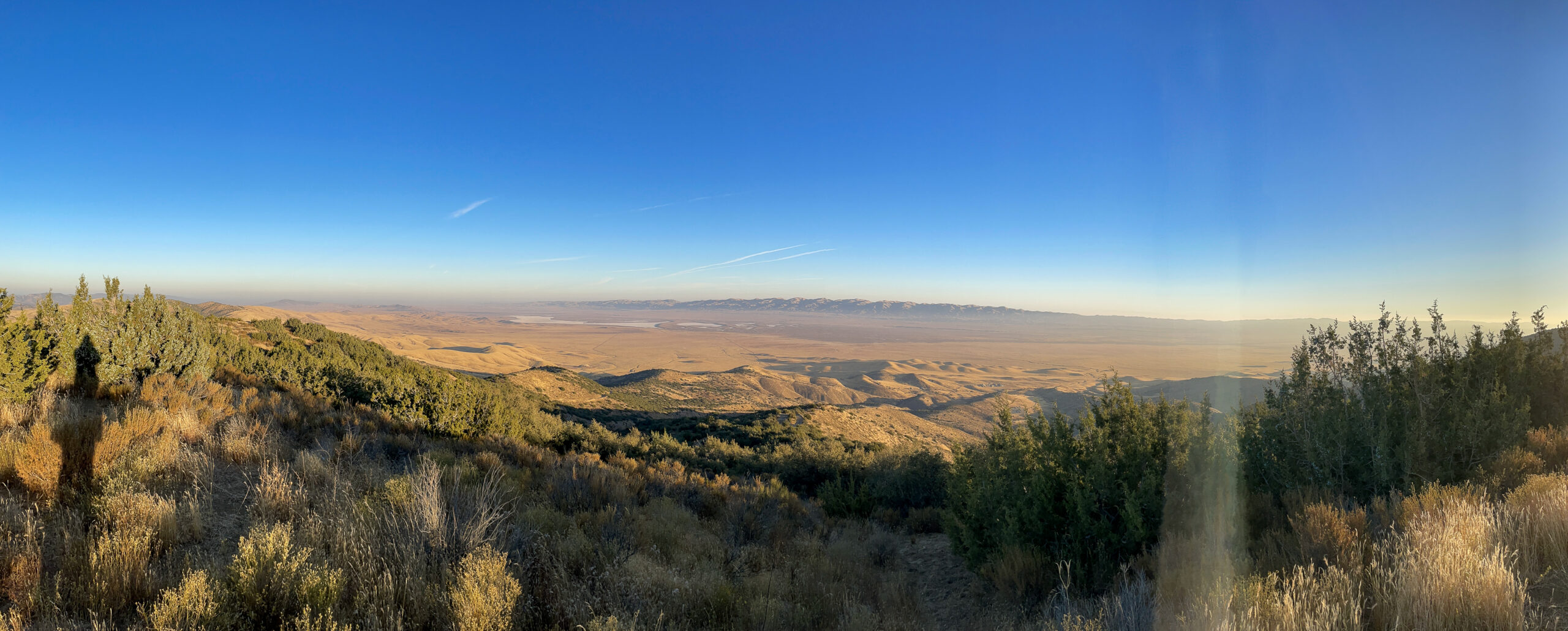Spent a very long day out in the flooded fields of western Palm Beach County yesterday, at a very special place: Duda Farms. Our local Audubon society, of which I am the field trip chair, has permission to visit the site during the summer to scour the fields for migrating and breeding shorebirds.
The farmers flood the fields in order to increase soil retention. Everglades peat soil is incredibly rich, which is why people drained the Everglades in the first place. But what people didn’t count on was the fact that peat soil oxidizes rapidly when exposed to air: hence the problem of soil subsidence. The fabulous fertility that farmers had counted on was literally evaporating into thin air. So the farmers hit upon the expedient of returning the acreage to its natural condition in the summer months: wet.
And that brings in the birds by the hundreds, thousands, and even larger units. It’s a rare sight. Hundreds of Black Terns, Gull-billed Terns, and Least Terns crowd the fields in the summer, along with thousands of Least Sandpipers, enjoying the smorgasbord of insect life that appears there.
And what insects! Mosquitoes, sand flies, dragonflies, house flies, robber flies, spiders, stink bugs: if it crawls or flies and has an exoskeleton, birds can find it there. Perhaps the largest food source is freshwater crustaceans (like insects, they are arthropods) on which the egrets and herons dine to their hearts’ content.
Yesterday’s trip involved a 4:30 a.m. wake-up (unplanned; the boy was hungry early), a trip to three separate McDonalds’ “24-hour” drive-throughs to find one that was accepting customer orders, and a swing by our best birders’ house to pick up the radios that he couldn’t bring along on the trip, on account of he had received the 3:30 a.m. news beat that day. Ugh!
Despite the difficulties in getting going, the excursion was successful: there were only five cars in all, so it was eminently manageable, and everyone had good views of most of the birds. The only thing dampening our enthusiasm was the water level. Tropical Storm Fay, the permanent storm, had lashed the region with about 8 inches of rain earlier in the week, so the fields, which we normally find in the drying-down phase, which concentrates the birds nicely for our purposes, were in fact quite flooded. That meant that the birds could disperse into a much wider foraging territory: great for them, but bad for observers. Instead of nice flocks of hundreds and thousands of shorebirds, we had small groupings here and there, a smattering of terns, about 50 egrets ranging along one particularly productive canal, etc. But the day was good; 57 species in all, and we had a nice breeze and even a bit of cloud cover right as the day was threatening to become unbearably hot.
And we got out of there before any of Florida’s famous thunderstorms could loom up and drench us.
All in all, it was a very good day.
